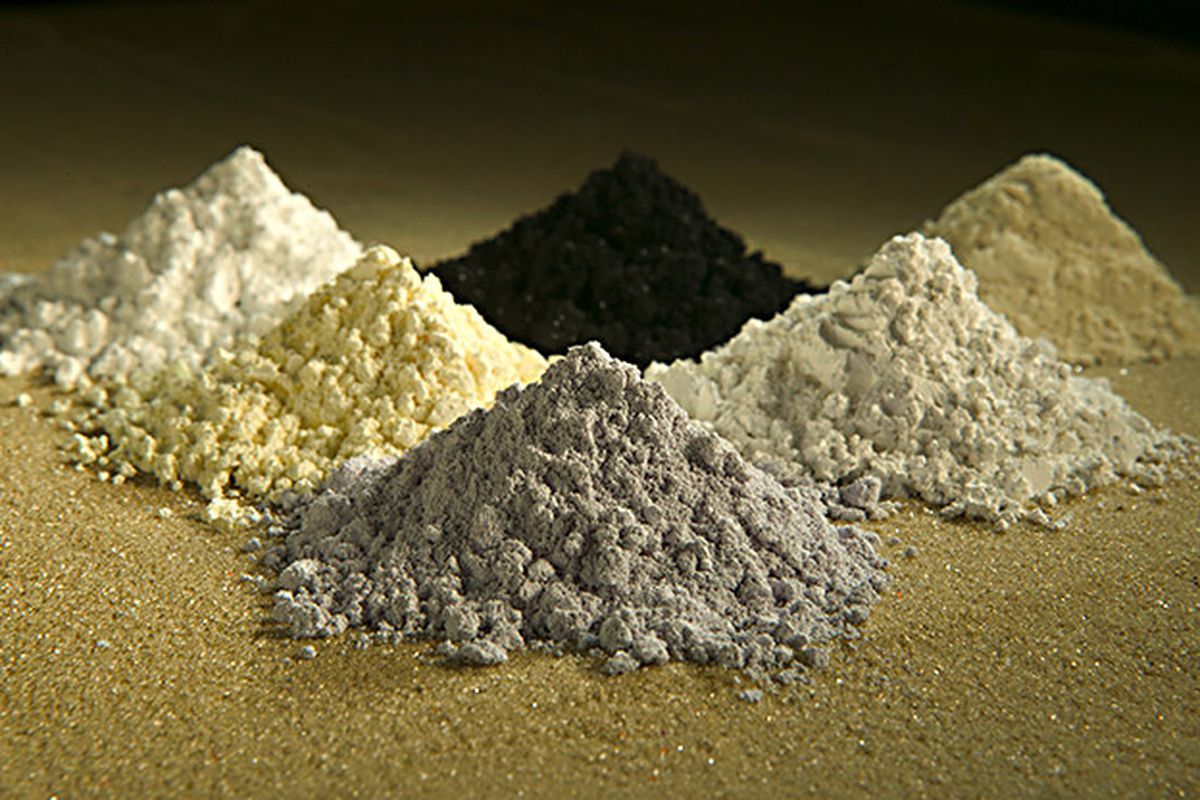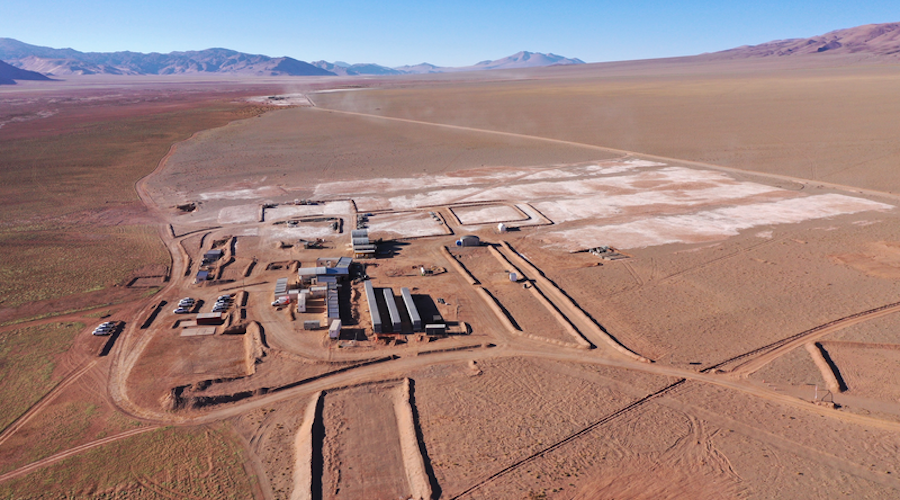Australia pushes to diversify rare earth supply chains
Australian companies are continuing their efforts to broaden the global rare earths supply chain and reduce China’s dominance of the production and distribution of these critical materials, but progress remains gradual, with multiple funding and logical challenges persisting.
Lynas Rare Earths — recently renamed from Lynas Corporation to more accurately reflect its core business — remains by far the best-known entity through its mining operations in Australia and processing facilities in Malaysia, given that it is the only large rare earth oxide producer outside China and a critical supply source for Japan’s magnet industry. Lynas is spending around A$400mn ($292mn) on a cracking and leaching plant at Kalgoorlie in Western Australia. This will process ore sourced from its Mt Weld mine before it is sent to Kuantan in Malaysia for further processing. Lynas and its US partner Blue Line Corporation in July signed a contract with the US Department of Defense for the first phase of developing a heavy rare earths separation facility in the country.
There are also at least 10 other companies at earlier stages of development, striving to establish themselves in the rare earth space amid projections of rising demand over the next decade. They are developing projects in Australia itself as well as in Tanzania, Malawi, Greenland and the US.
One of the junior Australian mining companies closest to joining Lynas as a significant supplier of praseodymium and neodymium is Arafura Resources through its Nolans project in the Northern Territory, which has an ore reserve of 29.5mn t grading 2.9pc total rare earth oxide and comprising 26pc praseodymium-neodymium (NdPr).
The project, which is being set up to provide 5-10pc of global NdPr oxide supply, has received mining and environmental approvals for up to 25 years, covering most of its initial expected mine life of 33 years. Although Arafura has completed a definitive feasibility study and describes Nolans as “shovel ready”, it is still in negotiations with potential offtake and finance partners to get the A$1bn project through construction and commissioning and into commercial production.
Elsewhere, Northern Minerals is pushing forward with its Browns Range project in Western Australia, aiming to become a major supplier of dysprosium and terbium for neodymium-iron-boron permanent magnets. A pilot plant has been operational for around two years now, and the company plans to conduct a feasibility study next year on its progression to commercial production.
Targeting the supply of 6-7pc of global NdPr demand, Hastings Technology Metals is aiming to have its Yangibana project in Western Australia in commercial production by 2023 at a cost of around A$449mn. Based on current ore reserves, the project has a mine life of 13 years to support 15,000 t/yr of mixed rare earth carbonate, 8,500 t/yr of total rare earth oxide and 3,400 t/yr of NdPr output.
Also in the early stages of development in Australia is the open-pit Cummings Range project in Western Australia owned by Rarex. It has a mineral resource of 13mn t grading 1.13pc total rare earth oxide comprising around 22pc NdPr. A feasibility study is planned for 2021.
One of the most innovative would-be rare earths developers is Australian Strategic Materials through its Dubbo multi-metal resource in Dubbo, New South Wales, and its 95pc ownership of South Korean technology partner ZironTech. It is using an energy-efficient metallisation process to convert oxides into metals, alloys and powders. It has already produced a range of sample permanent magnet metal alloys in South Korea.
Further afield, Greenland Minerals — which is based in Perth — is making headway with advancing the large Kvanefjeld rare earths project in Greenland. The project has passed through the first stage of the environmental impact assessment phase and is now open for public consultation. Owned 10.5pc by Chinese rare earths specialist Shenghe Resource Holdings, the company is planning to produce mainly NdPr, terbium and dysprosium over a period of 37 years.
Africa is the focus of at least two other Australian companies, Peak Resources and Ionic Rare Earths. Peak is eyeing a 26-year mine life for its Ngualla mining project in Tanzania and downstream processing in northern England, while Ionic is developing the Makuutu project in Malawi.
Despite its name American Rare Earths is also an Australian company, and is in the early stages of progressing the La Paz rare earths project in the US state of Arizona.
By Angus Macmillan
Share this content:















Post Comment